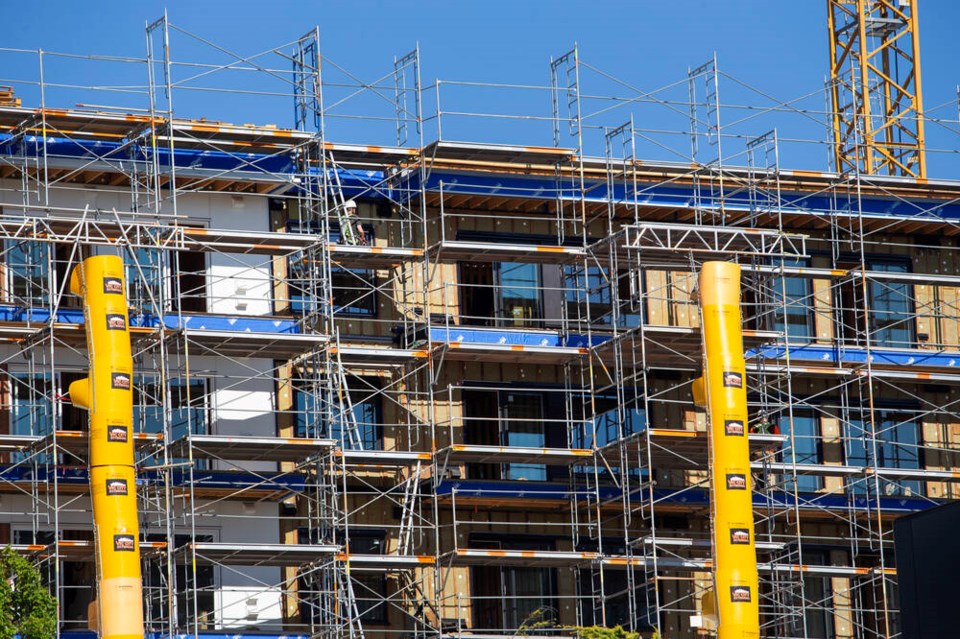Saanich is following Victoria’s lead in requiring that all new housing units be a minimum of 355 square feet.
Council voted unanimously in favour of the requirement for everything but non-market housing, campus housing, community care residential facilities, care facilities and nursing homes.
It follows a similar move in Victoria, where council voted in January to extend the city’s 355-square-feet minimum to its downtown area, with exemptions for affordable-housing units.
The minimum size changes in Saanich passed without debate. Prior to the change, Saanich had a 355-square-feet minimum that only applied to fourplexes and other small-scale, multi-unit home developments.
Coun. Teale Phelps Bondaroff said while he has other livability concerns, such as requirements for heating and air conditioning, those could be dealt with in a different bylaw.
Coun. Colin Plant said a minimum size is needed, even if some people may not personally want to live in a 355-square-foot home. “I just think it is appropriate that a municipality as sophisticated and as large as ours have minimums, and up until now, we haven’t.”
A staff report said micro-units often see more frequent tenant turnover than other forms of housing.
Under provincial Local Government Act changes made in 2007, residential units 312 square feet or smaller are exempt from development cost charges, which would mean that Saanich would lose out on $8,436 in development cost charges per micro-unit.
The legislation was meant to stimulate the building of infill housing in areas where infrastructure and services were already in place, but in recent years, entire buildings consisting largely of micro-units have been built in Victoria, Langford and other B.C. towns, causing municipalities to miss out on tens of thousands of dollars in revenue, the report said.
Additionally, micro-units could bring in more money for developers, potentially causing land values to go up, even though rent for micro-units remains high, it said.
The exemption from the minimum size for non-market housing is meant to give that sector more flexibility and to promote non-market housing projects in the district, the report said.
Developers could still apply for a variance for proposed projects with units smaller than 355 square feet, it said.
Coquitlam and Kelowna allow for suites as small as 312 square feet, while Vancouver has a general minimum of 398 square feet that can drop to 320 square feet with approval.
In other parts of the world, Hong Kong recently set a minimum unit size of 280 square feet, while Spain requires 215 square feet of living space per person in a unit.
The Netherlands has a 193-square-foot minimum for new building units, with the stipulation that more than half the space has to be used for living and sleeping areas.
Sweden does not have a minimum size requirement for its homes, but dwellings must be designed according to the number of people the unit is meant to house.



